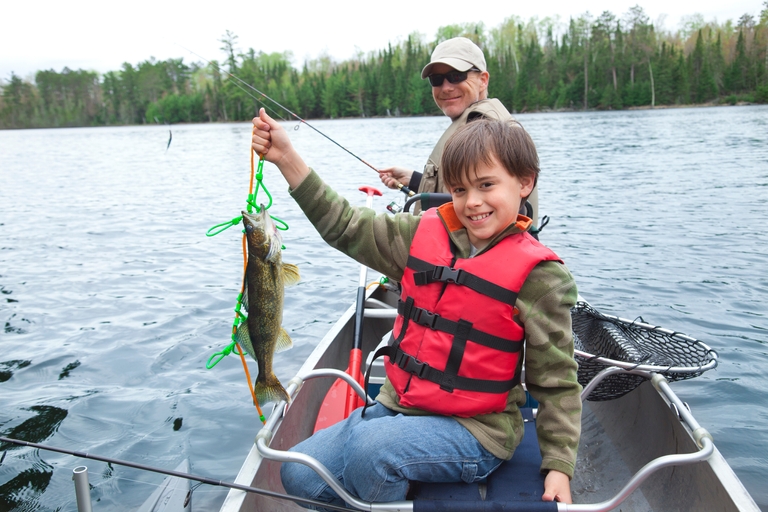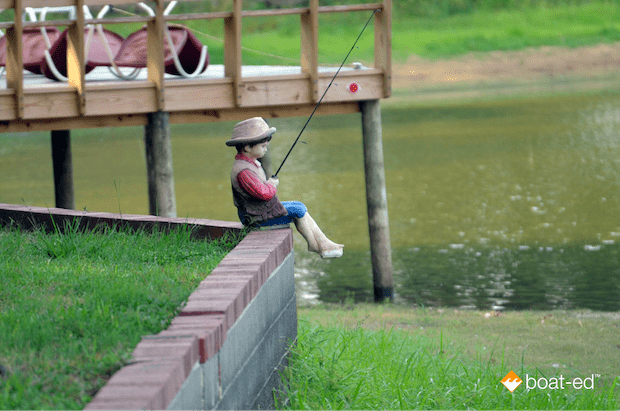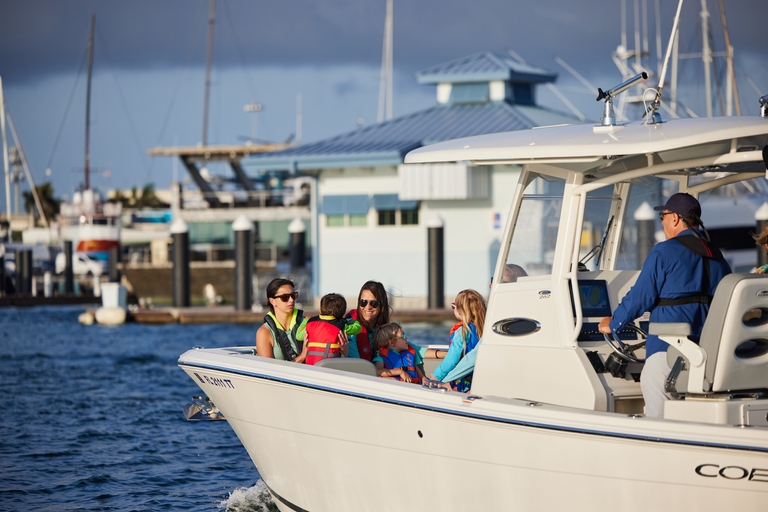The Best Late-Season Catfish Fishing Tips for 2024
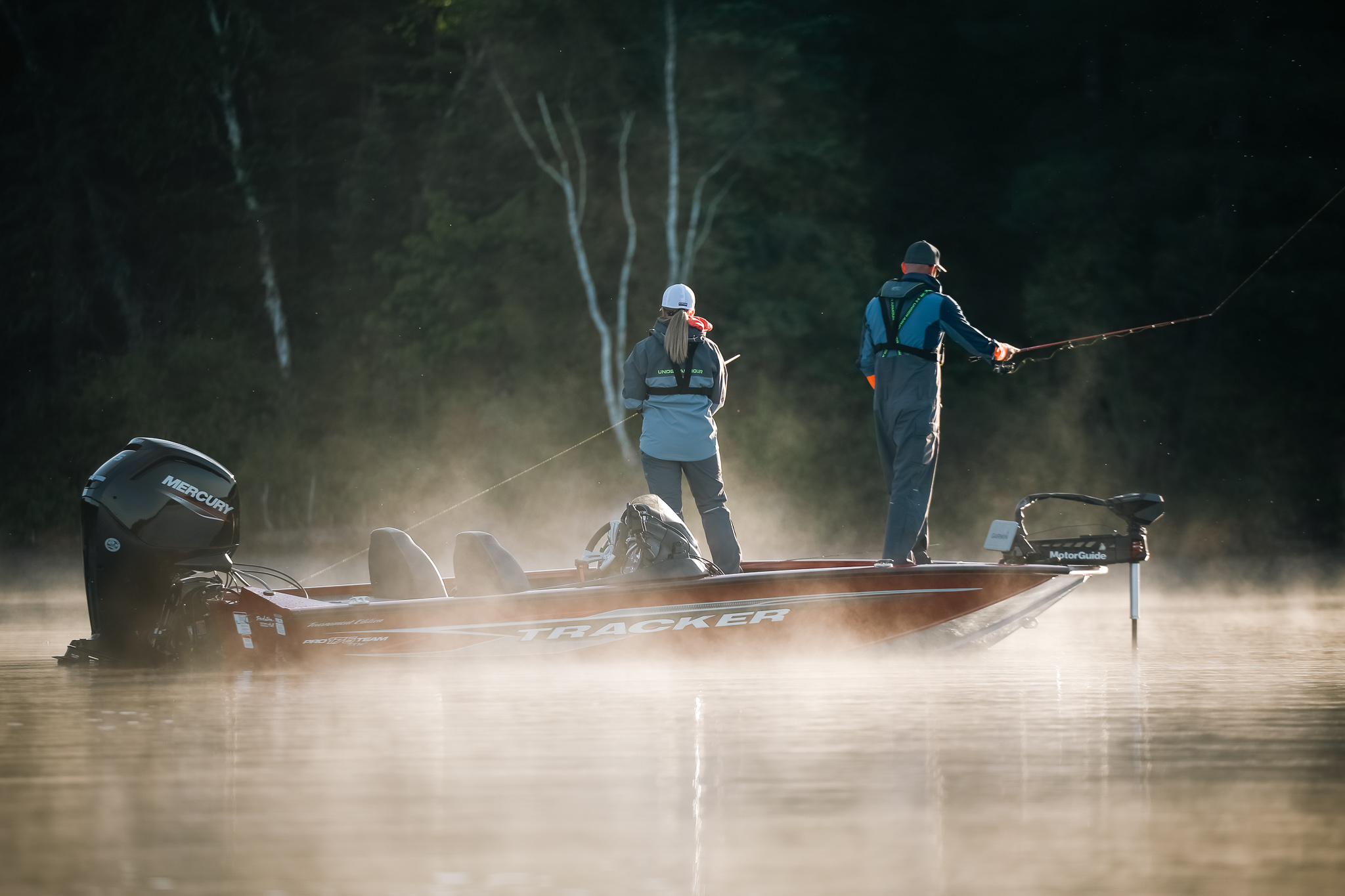
If you plan on fishing for catfish late in the season, you want to ensure you're as prepared as possible to make your catch. You also want to be safe and protected while on the water to reduce any risk of injury.
As you get your rod and reel ready, make sure you have all your boating safety equipment, such as life jackets, flags, and fire extinguishers, along for the ride.
Then, you can be as ready as possible when you take your boat to your favorite fishing spot, increasing your chances of having a good time and seeing success in your efforts.
Here are a few of the best tips for late-season catfish fishing.
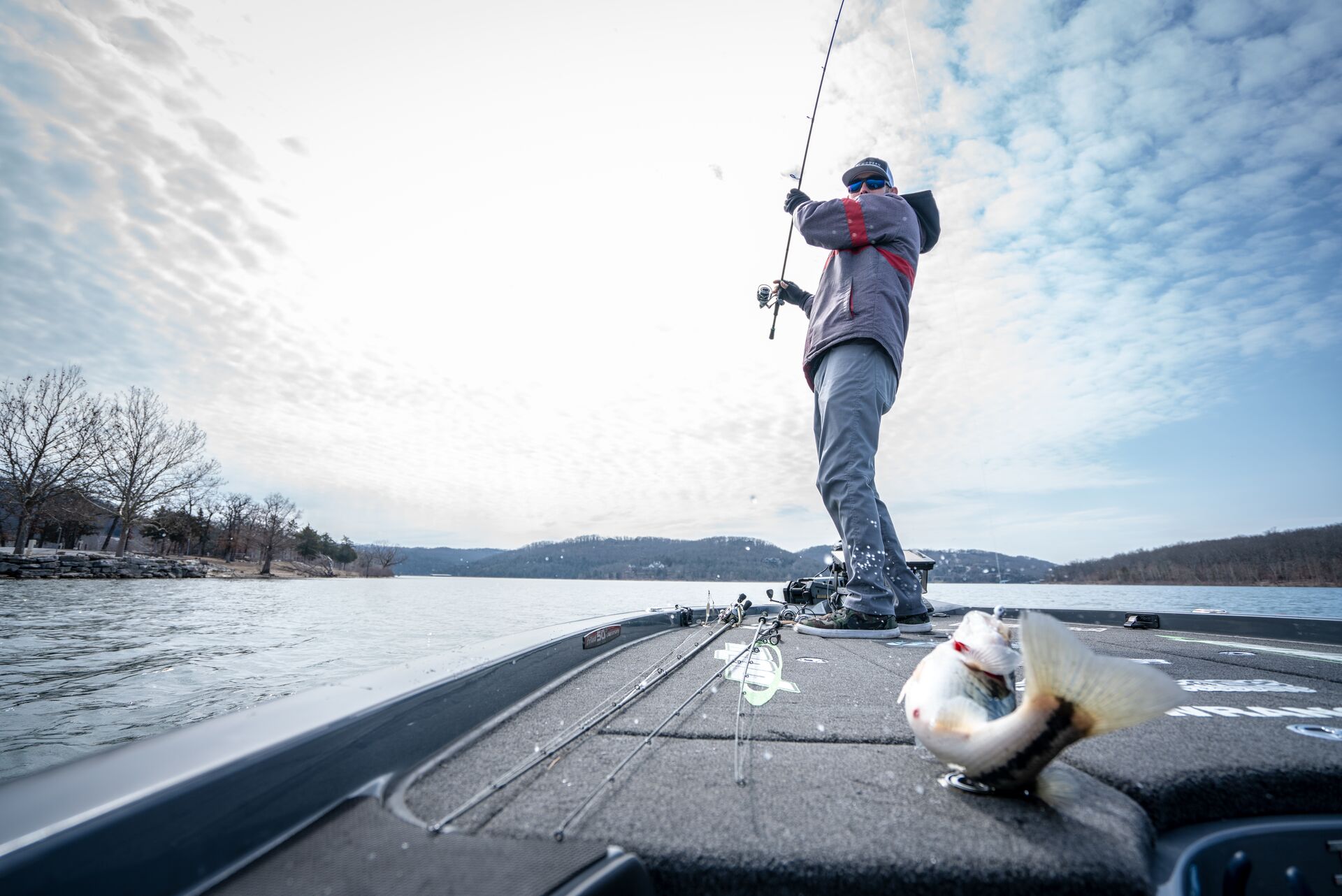
Understanding Catfish Behavior in Late Season
The later in the season, the more the water temperature drops, which means fish habitat and behavior start to change. They'll typically move into deeper waters where the changing temperature affects them less, and they can be more comfortable until warmer weather comes around again.
Their metabolism will also slow down, and they'll become less active. Since they will feed less frequently, you'll need more strategic location and bait choices if you're going to catch them. That can make for a great challenge and add to the experience of catfish fishing.
What Are the Ideal Locations for Late-Season Catfishing?
One of the most important aspects of fishing is finding the best fishing spots.
To reel in some catfish late in the season, you'll want to focus on deep holes and channels, including the deeper parts of lakes and rivers, where these fish tend to group in colder weather. You can also look for warm water inflows, where warmer water enters a lake or river.
Additionally, consider areas around sunken logs, underwater ledges, and brush piles, which provide shelter and are great spots for finding fish. Many fish make their way to these areas because they're looking for protection from predators, so it's a common place to find them.
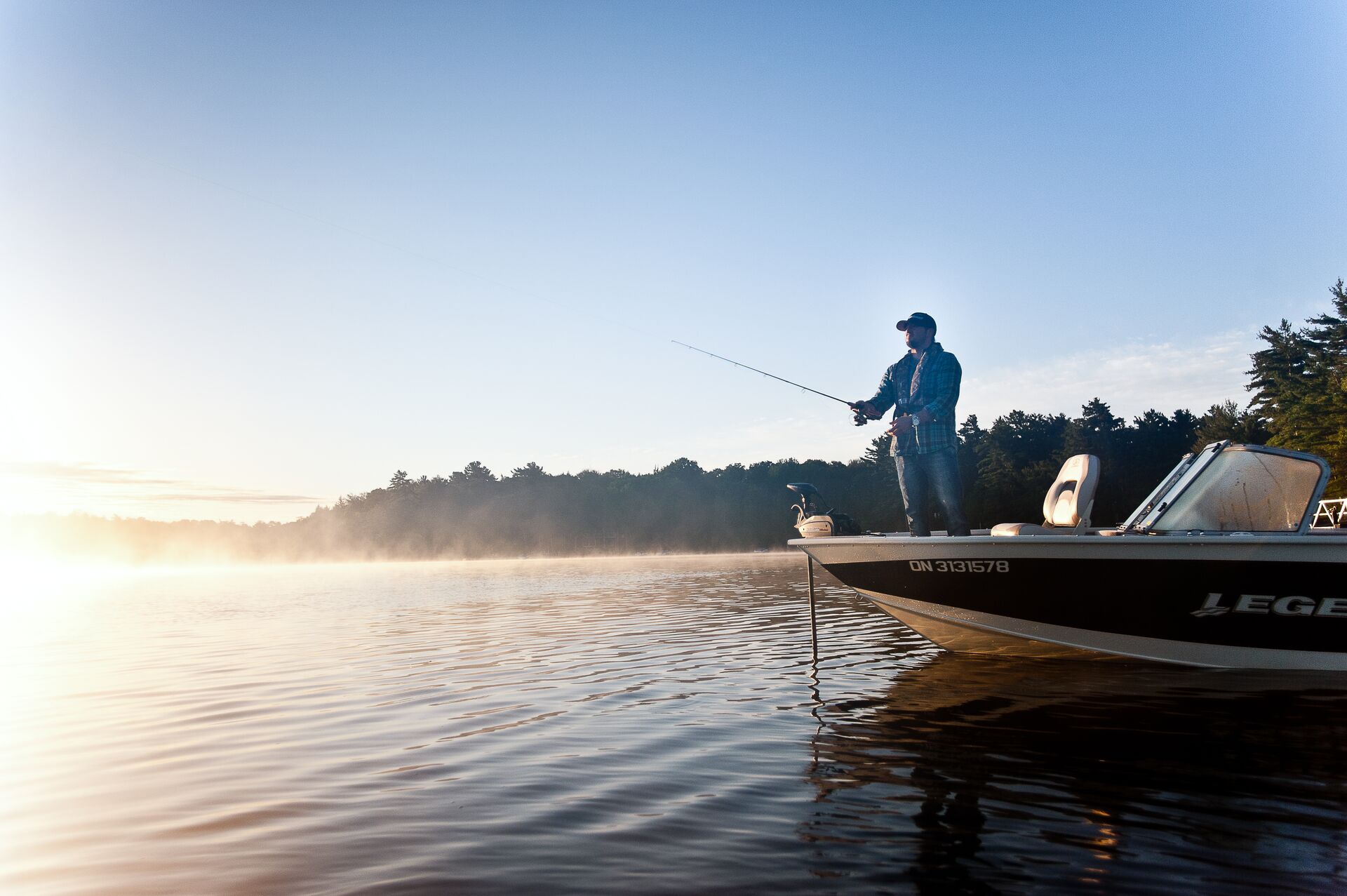
Use the Right Baits and Techniques
Choose live bait like shad, minnows, and small bluegill, or freshly cut bait pieces like shad or carp, as they release strong scents that attract fish from a distance.
No matter the bait you choose, use slow and methodical movements when presenting it. This technique will help match the reduced activity levels of the fish you're trying to catch.
Tackle and Gear Considerations
When you're catfish fishing, you'll want sturdy rods and reels. It's essential to ensure that your equipment will handle larger fish's weight and fighting ability, especially if you're fishing in deeper waters where bringing your catch to the surface may take some time.
You also need a sensitive line since that helps you detect subtle bites from less aggressive fish. Use appropriate weights to keep your bait near the bottom, and consider slip sinker rigs to provide you with better bite detection. That combination can give you more opportunities for a great catch.
Timing and Patience
Late afternoon and early evening are the prime times to catch these fish, as they'll start becoming more active when the water cools. It's crucial to be patient, though.
Prepare for longer wait times between bites since fish are typically less aggressive when the water is colder.
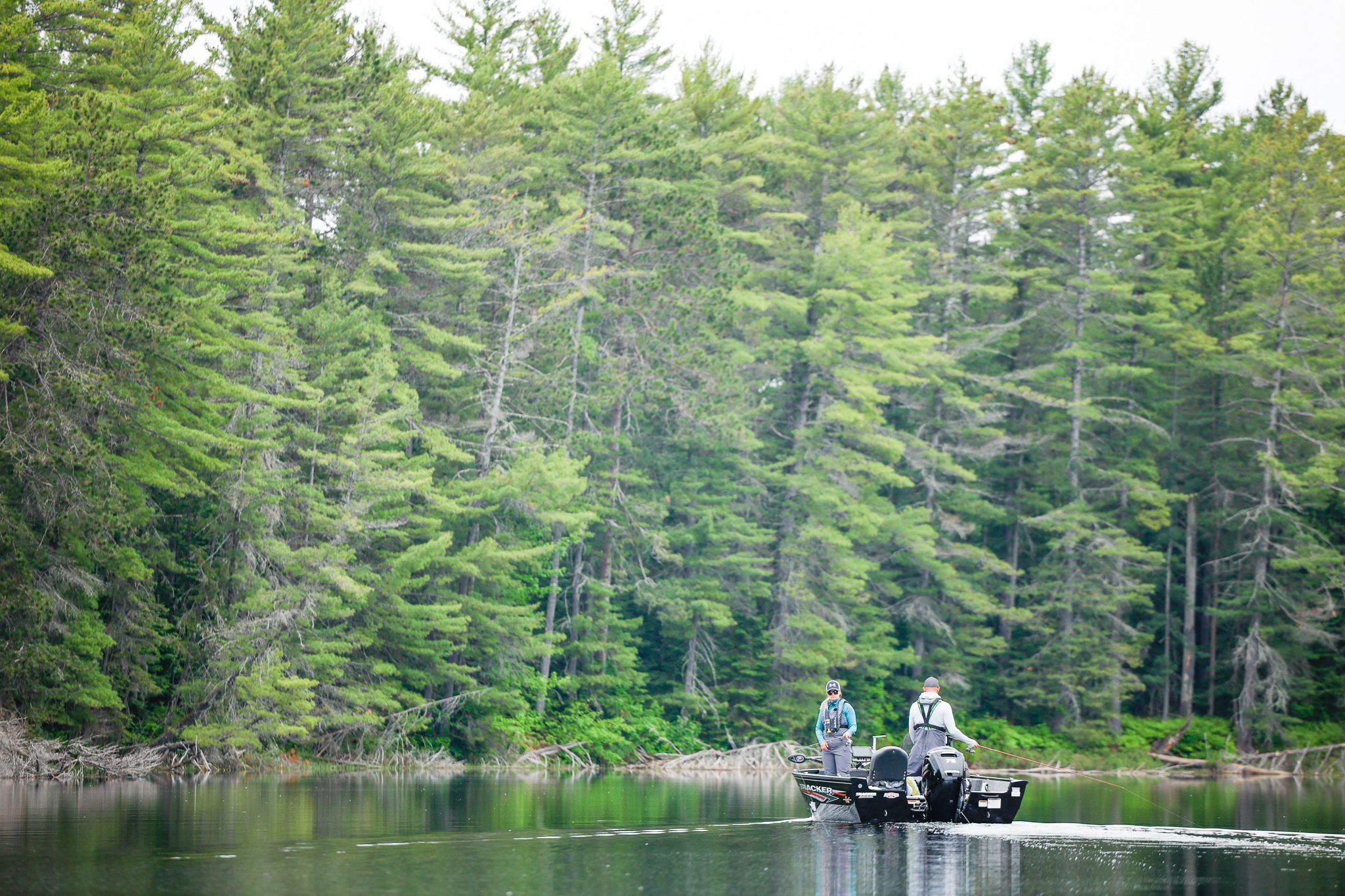
Safety and Comfort
While you're out on the water in colder temps, be sure to dress appropriately since late-season weather can be unpredictable.
Choose layered clothing options to help you stay warm and dry and to give you choices if you become too warm or cold. Of course, it's not just about what you wear. You also want to make sure your boat is safe and secure.
To do that, ensure that it's equipped with all the necessary safety gear and that you're prepared for changing weather conditions that might create choppy waters. By paying close attention and being prepared, you can have a better fishing experience and minimize the risk of a boating accident or ending up in cold waters without the right safety gear.
Pay Attention to Local Knowledge and Regulations
Before heading out for your fishing trip, check local fishing reports and contact other local anglers to stay updated and aware. This information can help you get a lot of insight into the activity and patterns of fish in the area so you know how to be prepared for your excursion.
The more you know about the quirks of local waterways, the easier it is for you to find the best fishing spots, too.
No matter what other anglers suggest, though, follow local regulations and fishing limits. Most localities have specific requirements about the size and number of fish you can catch and keep, and you don't want to run afoul of the law.
Boating and fishing regulations are in place to ensure sustainable fishing practices, so they're essential.
Adapting to Weather Conditions
As we mentioned, fish are generally less active during sudden cold fronts, so you'll want to adjust your fishing strategy accordingly. If you can fish during an extended period of stable weather, you'll have a more predictable and productive outcome.
There are never guarantees, but you want to set yourself up for fun and success as much as possible.
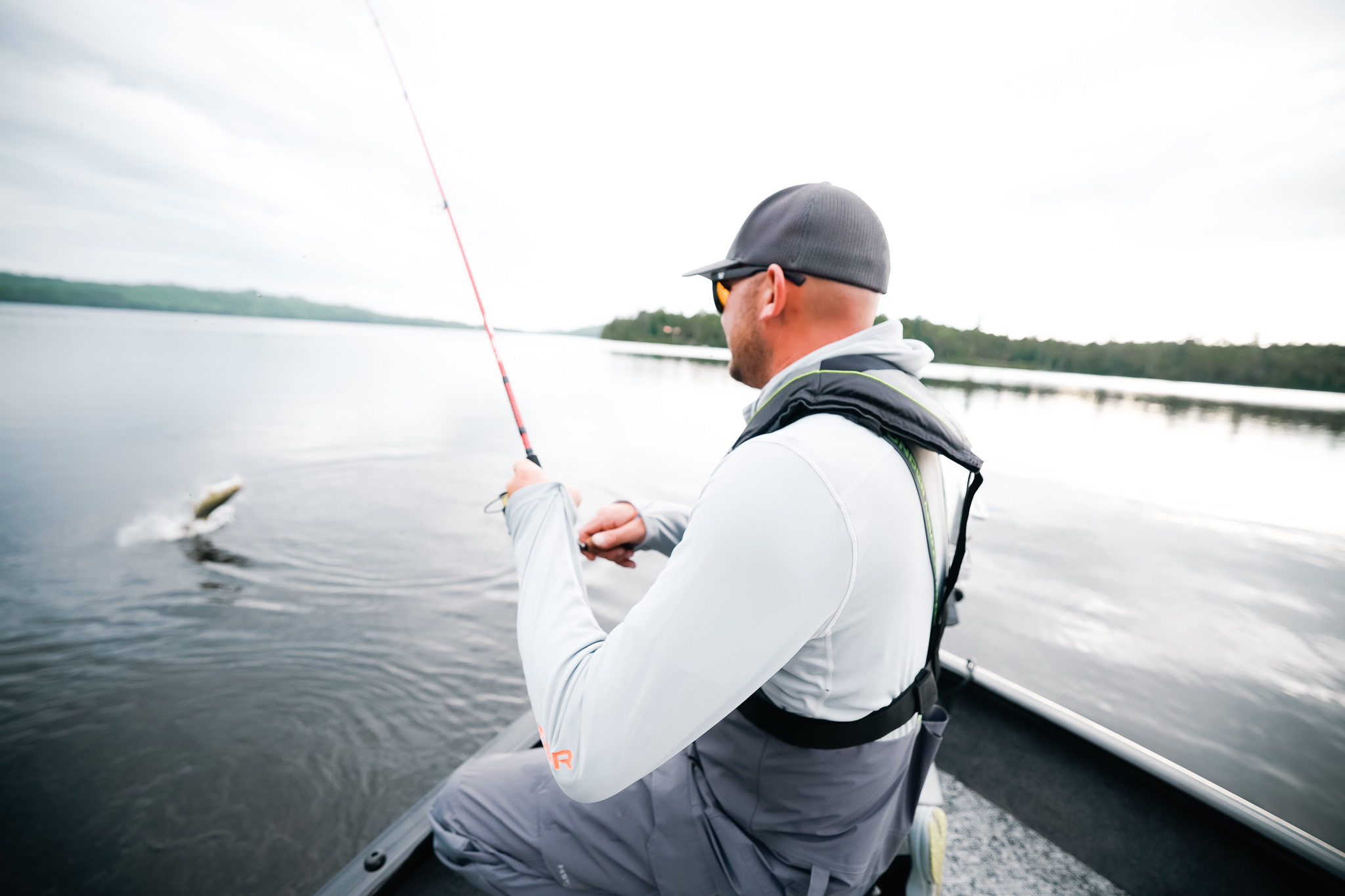
Stay Safe on All Your Catfish Fishing Adventures
Knowing how to stay safe when fishing from a boat is essential. One of the best ways to do that is to take a boating education course through Boat-Ed!
Our online safety course will give you valuable information about safety and etiquette so you can safely boat and fish. Plus, most states require boat operators to take and pass a course before hitting the water.
So, as you plan your late-season catfish adventures, make sure you've taken the course for your state. Then, bundle up, grab your gear, and reel in those fish!

